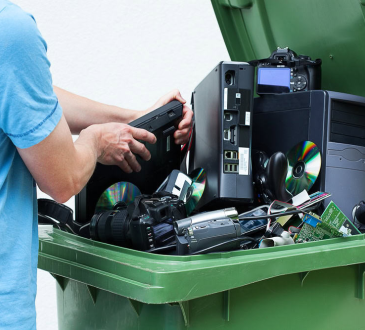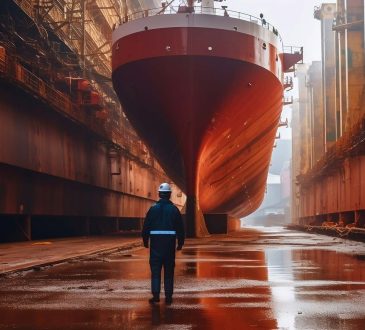
Most experts would agree that to ensure safety and productivity in the construction site, it’s essential to pay attention to how things are being managed. If done correctly, an increase in security would lead to bigger profits, and this would lower the occurrence of accidents, as well as spending on repairs.
Over the past few years, the construction industry has been doing its best to adapt to emerging technology. Although this can be somewhat overwhelming at first, there’s no denying that they’re slowly getting the knack of it and are beginning to enjoy what technology has to offer.
For one, it has contributed to an improvement not only in profit, but it also lessened the occurrence of accidents as well.
That said, here’s how the construction industry is making road construction safer.
Wearable Technology to Protect the Workers
Wearable technology has been affecting the construction industry for years, but the advances in the abilities of wearables to ensure the safety of workers have inspired experts to develop better PPE wearables and implement its use on a global scale.
In the construction, there are instances where it could be difficult for workers to determine if they’re already pushing beyond their body’s limits– which always leads to injuries, and worst-case scenario, death.
Since wearables could measure those thresholds, they could ensure the safety of the workers, and even give them the proper training that would always ensure safety.
Furthermore, wearables also can show the effects of equipment to the wearer. For example, jackhammers have been used in the construction industry for decades, and it’s also one of the most dangerous stuff.
Even safety officers cannot determine the kind of damage it could bring to the wearer’s legs, back and arms. With this kind of technology, safety officers could now gather the amount of necessary data that would allow them to perform thorough evaluations.
Drones for Better Site Surveying
Perhaps, you’re wondering how drones can ensure construction safety. If you think about it, construction workers are always risking their lives, especially when they must perform site surveying. Drones could get into the positions of humans, which means they’ll be the one to evaluate projects and see if everything is safe for the workers.
Likewise, drones can also be used by safety officers to ensure that the work is being done correctly and adhering with the safety regulations and standards. That’s why it could also evaluate which parts of the project are safe for workers, and which ones are dangerous.
In a nutshell, drones could see every aspect of the project, and it could assess the errors that should be worked on as soon as possible. Work sites could also be secured with drones, as it would pinpoint accident locations so that the first responders would be able to get to the area right away.
Aside from drones, there are also 3D models. Nowadays, 3D printing is easily accessible, unlike how it was back in the days. Now, construction companies can use it whenever they must. For architects, project managers, and engineers, this allows them to determine the issues to prevent accidents.
Intelligent Work Zones
In the construction industry, there are also smart work-zone systems that could communicate with orange safety cones, vehicles, and other traffic devices. These sensors ensure that those who are on the road would stay safe. For example, the queue detection warning system alerts the workers as well as the drivers regarding what’s happening on the job site.
Wherein, if the work zone traffic drops below the ideal speed, the computer would either change the message, or it would activate flashing lights to warn the motorist.
Aside from that, there are also speed management solutions, like the variable speed limit systems which can manage work-zone traffic, according to real-time conditions, such as severe weather and traffic congestion. This, together with mechanical reinforcement can be of great help for drivers as it would ensure that they comply with the ideal speed limits.
Indeed, emerging technology continues to develop over the years, and there are no signs that it’s going to stop any time soon. Construction managers can significantly profit from this, and best of all the safety of everyone involved will never be compromised again.




